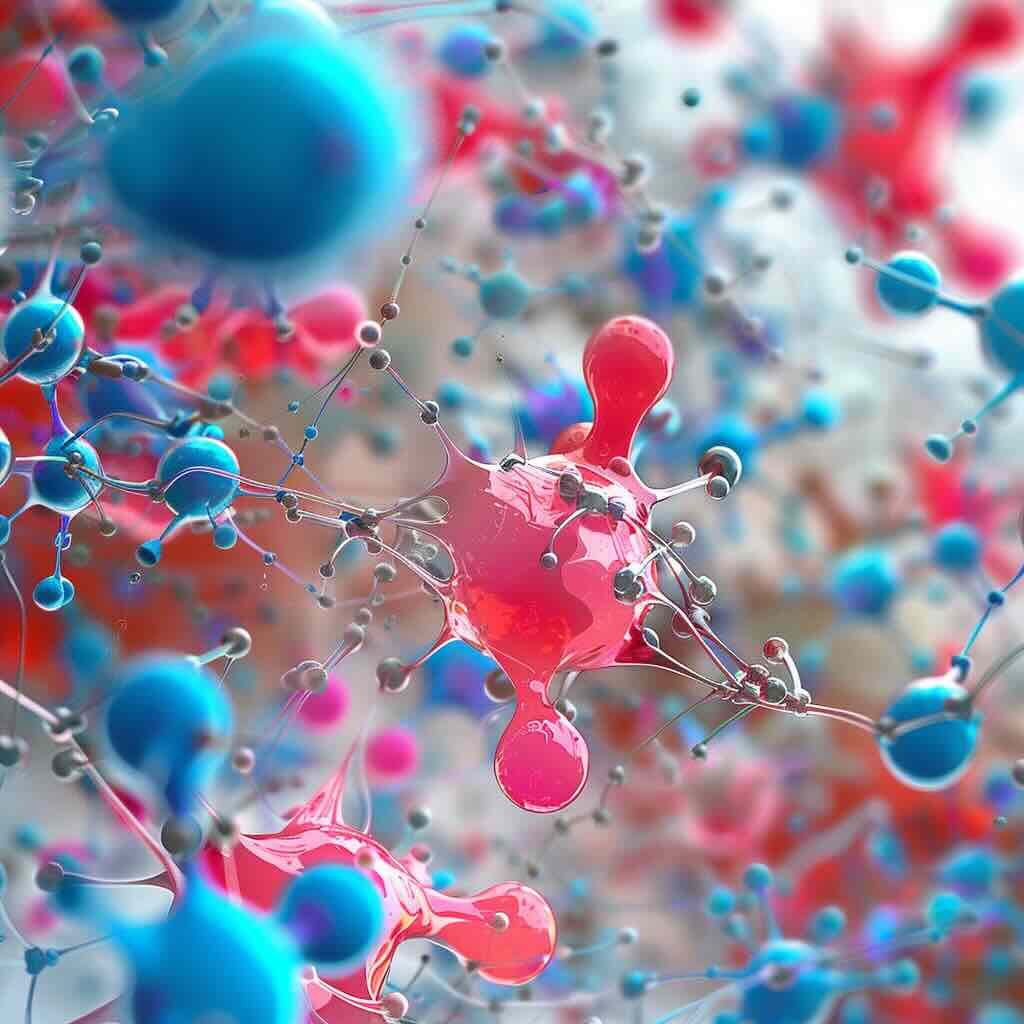The immune system has a vital role: It protects your body from harmful substances, germs and cell changes that could make you ill. It is made up of various organs, cells, and proteins.
As long as your immune system is running smoothly, you don’t notice that it’s there. But if it stops working properly – because it’s weak or can't fight particularly aggressive germs – you get ill. Germs that your body has never encountered before are also likely to make you ill. Some germs will only make you ill the first time you come into contact with them. These include childhood diseases like chickenpox.
The tasks of the immune system
Without an immune system, we would have no way to fight harmful things that enter our bodies from the outside or harmful changes that occur inside our bodies. The main tasks of the body’s immune system are
to fight disease-causing germs (pathogens) like bacteria, viruses, parasites or fungi, and to remove them from the body,
to recognize and neutralize harmful substances from the environment, and
to fight disease-causing changes in the body, such as cancer cells.
Go to:
How is the immune system activated?
The immune system can be activated by a lot of different things that the body doesn’t recognize as its own. These are called antigens. Examples of antigens include the proteins on the surfaces of bacteria, fungi, and viruses. When these antigens attach to special receptors on the immune cells (immune system cells), a whole series of processes are triggered in the body. Once the body has come into contact with a disease-causing germ for the first time, it usually stores information about the germ and how to fight it. Then, if it comes into contact with the germ again, it recognizes the germ straight away and can start fighting it faster.
The body’s own cells have proteins on their surface, too. But those proteins don’t usually trigger the immune system to fight the cells. Sometimes the immune system mistakenly thinks that the body's own cells are foreign cells. It then attacks healthy, harmless cells in the body. This is known as an autoimmune response.
The innate and adaptive immune system
There are two subsystems within the immune system, known as the innate (non-specific) immune system and the adaptive (specific) immune system. Both of these subsystems are closely linked and work together whenever a germ or harmful substance triggers an immune response.
The innate immune system provides a general defense against harmful germs and substances, so it’s also called the non-specific immune system. It mostly fights using immune cells such as natural killer cells and phagocytes (“eating cells”). The main job of the innate immune system is to fight harmful substances and germs that enter the body, for instance through the skin or digestive system.
The adaptive (specific) immune system makes antibodies and uses them to specifically fight certain germs that the body has previously come into contact with. This is also known as an “acquired” (learned) or specific immune response.
Because the adaptive immune system is constantly learning and adapting, the body can also fight bacteria or viruses that change over time.
The immune system and microbial infection
The immune system keeps a record of every microbe it has ever defeated, in types of white blood cells (B- and T-lymphocytes) known as memory cells. This means it can recognize and destroy the microbe quickly if it enters the body again before it can multiply and make you feel sick.
Some infections, like the flu and the common cold, have to be fought many times because so many different viruses or strains of the same type of virus can cause these illnesses. Catching a cold or flu from one virus does not give you immunity against the others.
Parts of the immune system
- white blood cells
- antibodies
- complement system
- lymphatic system
- spleen
- bone marrow
- thymus.
White blood cells
White blood cells move through blood and tissue throughout your body, looking for foreign invaders (microbes) such as bacteria, viruses, parasites, and fungi. When they find them, they launch an immune attack.
Antibodies
Complement system
Lymphatic system
- manage the fluid levels in the body
- react to bacteria
- deal with cancer cells
- deal with cell products that otherwise would result in disease or disorders
- absorb some of the fats in our diet from the intestine.
- lymph nodes (also called lymph glands) -- which trap microbes
- lymph vessels -- tubes that carry lymph, the colorless fluid that bathes your body's tissues and contains infection-fighting white blood cells
- white blood cells (lymphocytes).
Spleen
Bone marrow
Thymus
The body's other defenses against microbes
As well as the immune system, the body has several other ways to defend itself against microbes, including:
- skin - a waterproof barrier that secretes oil with bacteria-killing properties
- lungs - mucous in the lungs (phlegm) traps foreign particles, and small hairs (cilia) wave the mucous upwards so it can be coughed out
- digestive tract - the mucous lining contains antibodies, and the acid in the stomach can kill most microbes
- other defenses - body fluids like skin oil, saliva and tears contain anti-bacterial enzymes that help reduce the risk of infection. The constant flushing of the urinary tract and the bowel also helps.
Fever is an immune system response
Common disorders of the immune system
- allergic diseases - where the immune system makes an overly strong response to allergens. Allergic diseases are very common. They include allergies to foods, medications or stinging insects, anaphylaxis (life-threatening allergy), hay fever (allergic rhinitis), sinus disease, asthma, hives (urticaria), dermatitis and eczema
- autoimmune diseases - where the immune system mounts a response against normal components of the body. Autoimmune diseases range from common to rare. They include multiple sclerosis, autoimmune thyroid disease, type 1 diabetes, systemic lupus erythematosus, rheumatoid arthritis, and systemic vasculitis.
Underactivity of the immune system, also called immunodeficiency, can:
- be inherited - examples of these conditions include primary immunodeficiency diseases such as common variable immunodeficiency (CVID), x-linked severe combined immunodeficiency (SCID) and complement deficiencies
- arise as a result of medical treatment - this can occur due to medications such as corticosteroids or chemotherapy
- be caused by another disease - such as HIV/AIDS or certain types of cancer.
An underactive immune system does not function correctly and makes people vulnerable to infections. It can be life-threatening in severe cases.





